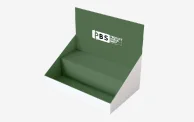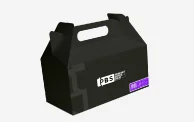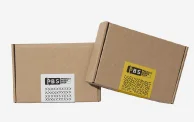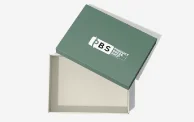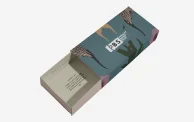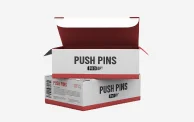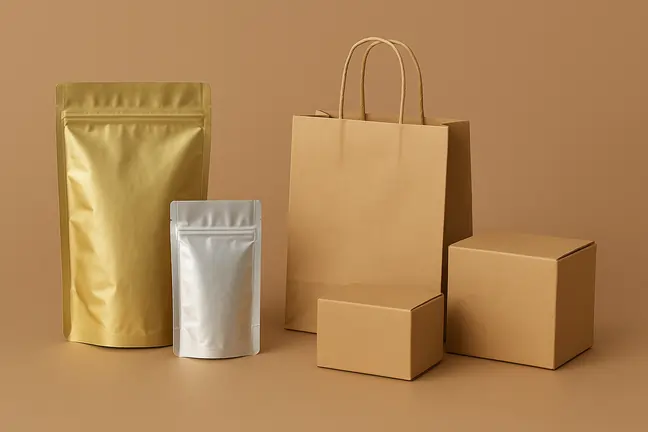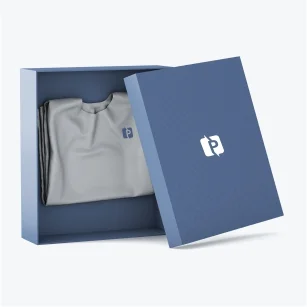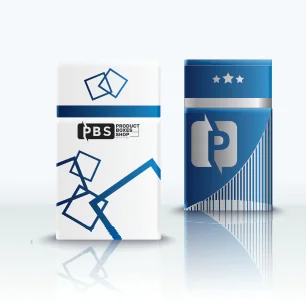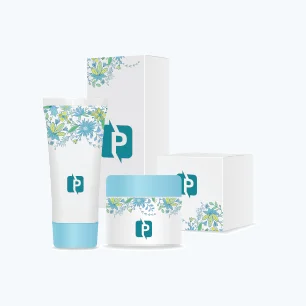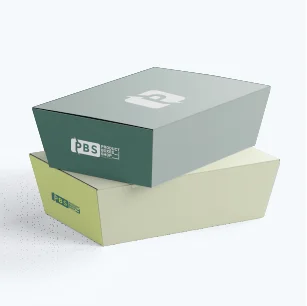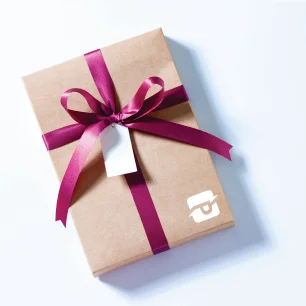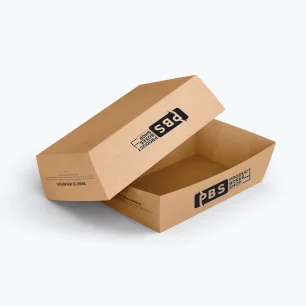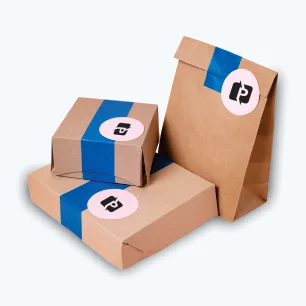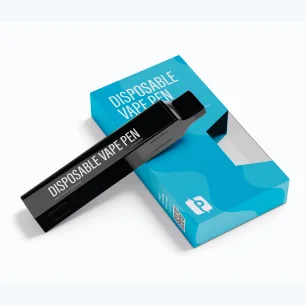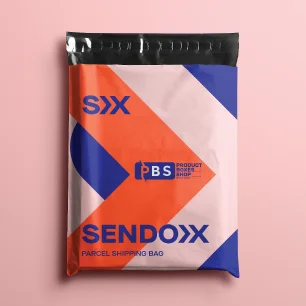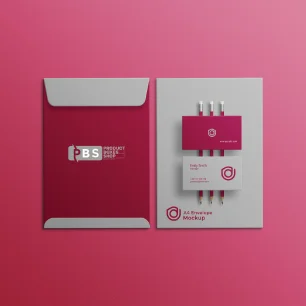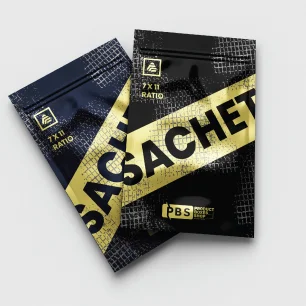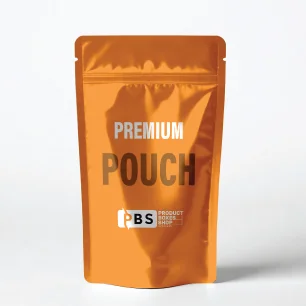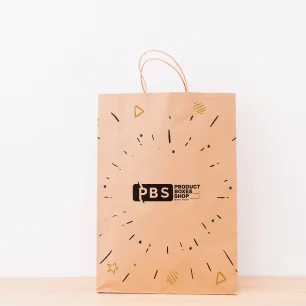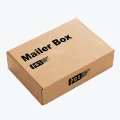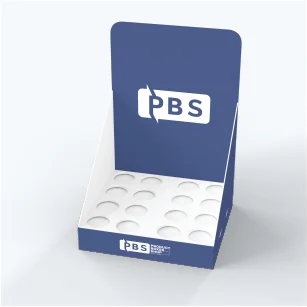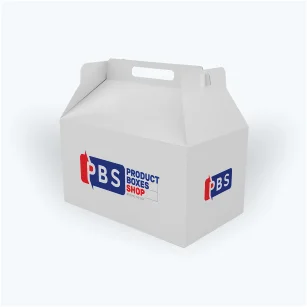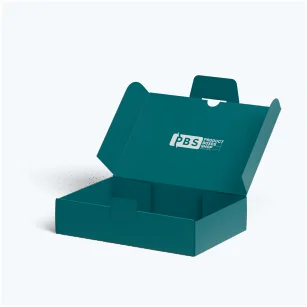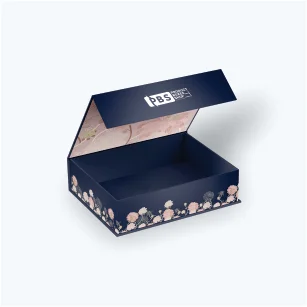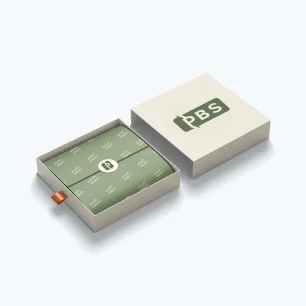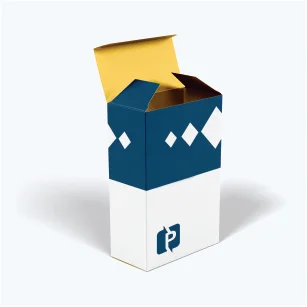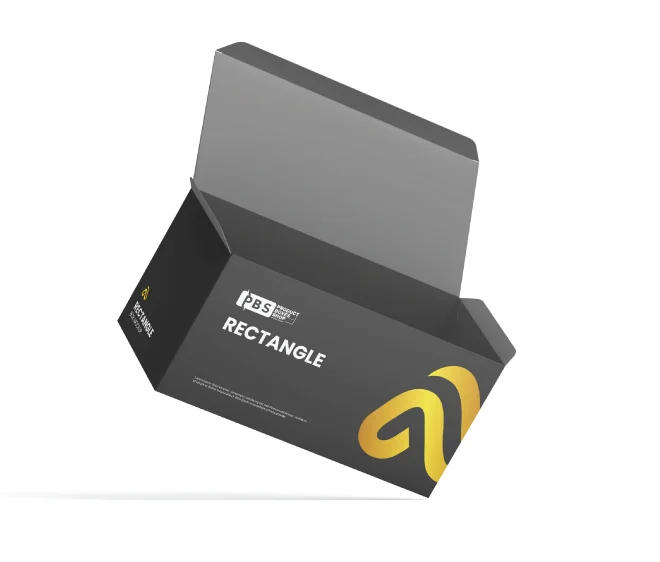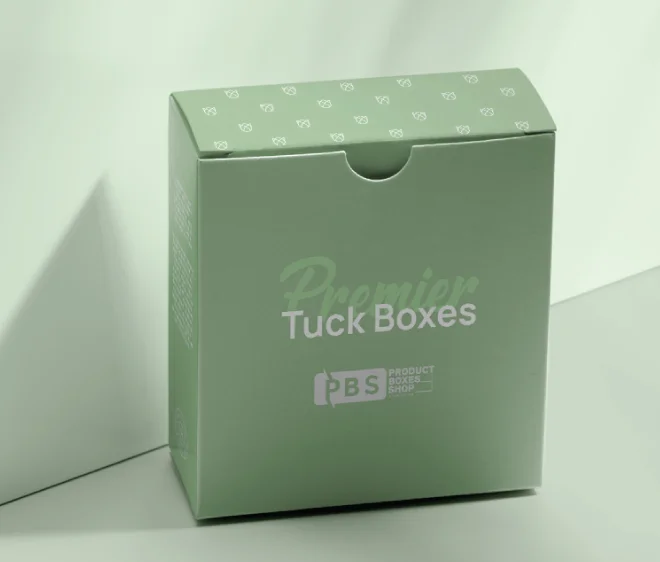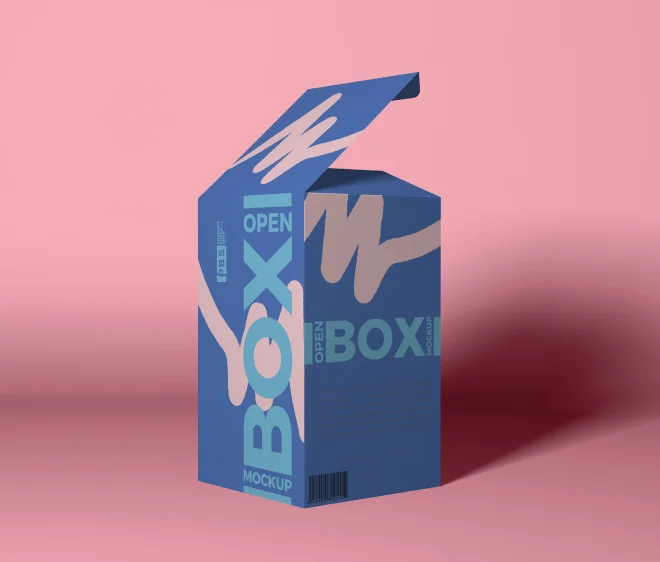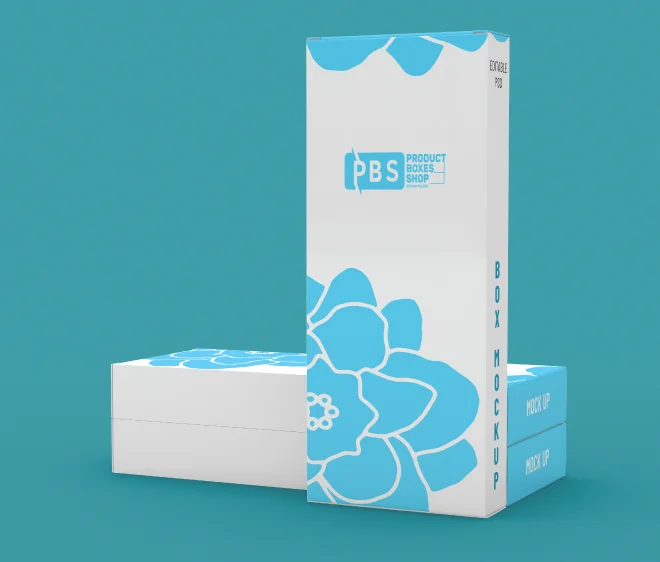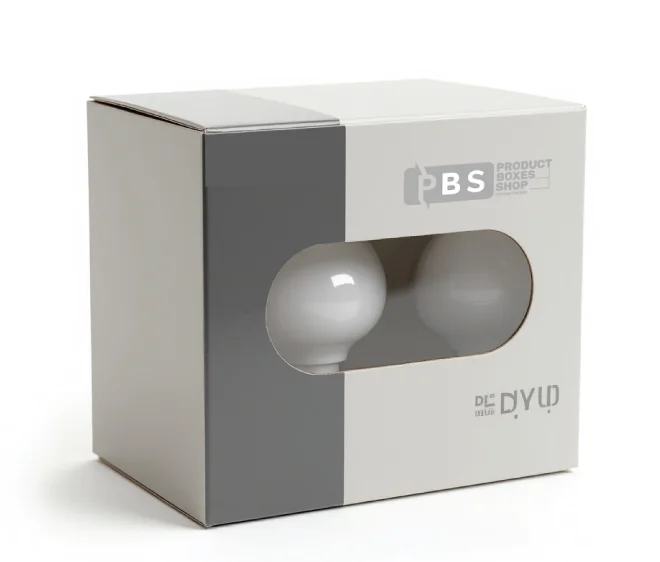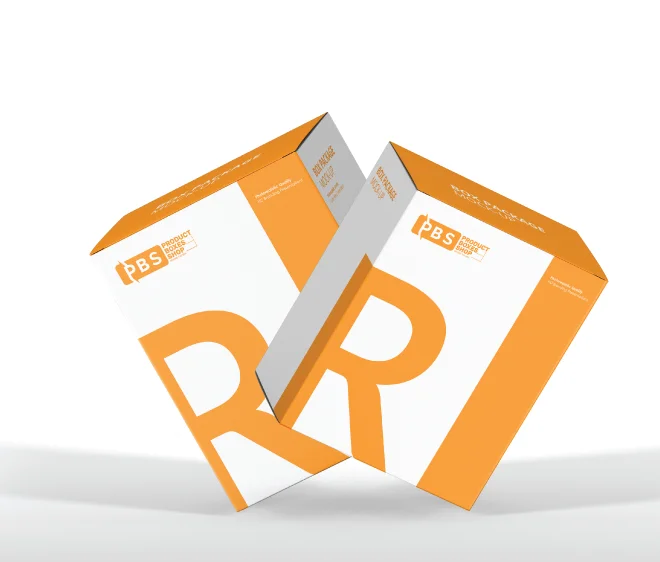Tuck Boxes Products
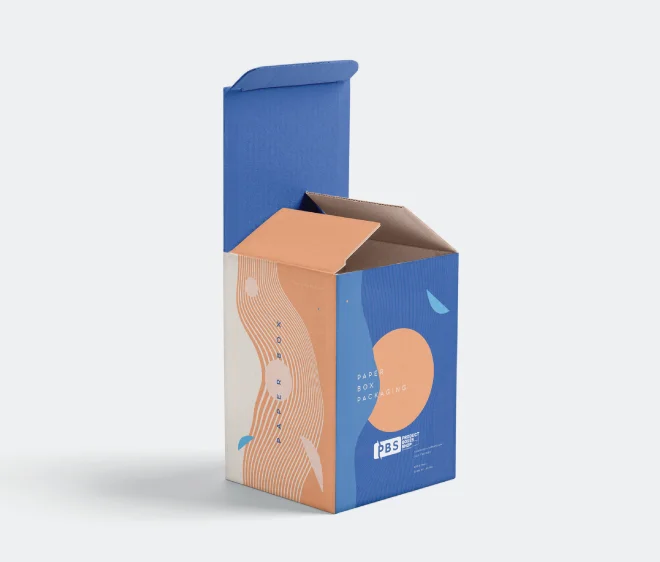
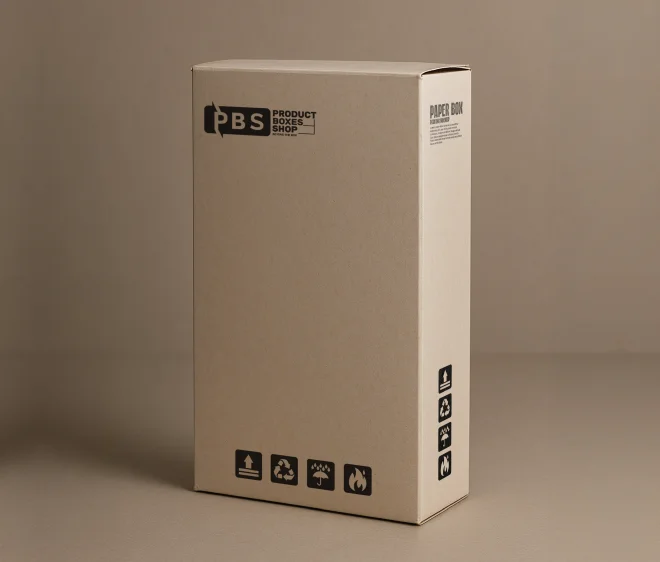
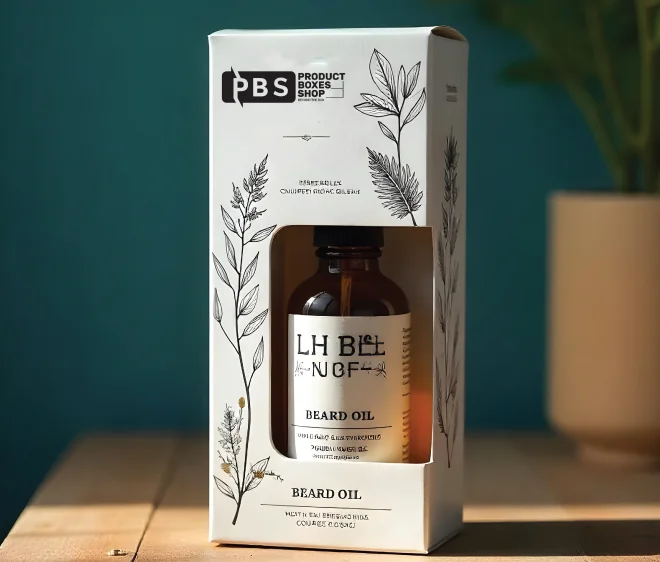

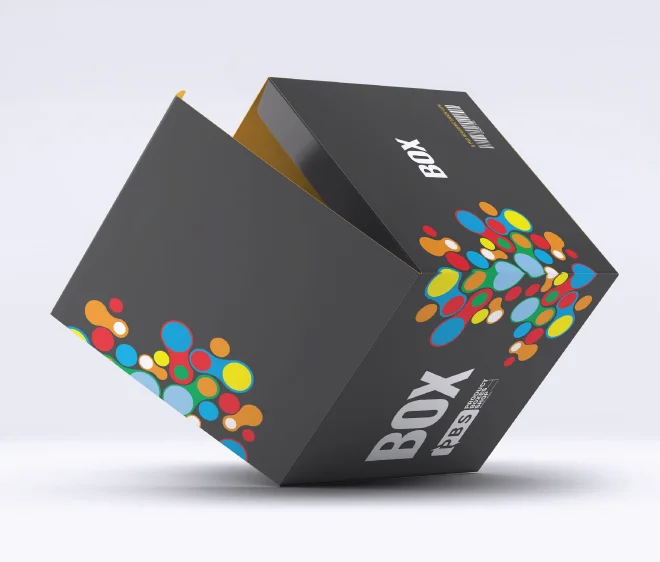
Tuck boxes represent the foundation of cost-effective packaging design, offering businesses lightweight yet reliable solutions for protecting and presenting products across diverse retail environments. For these ingenious boxes we utilize custom folds and interlocking tabs to create secure closures without requiring adhesives or external fasteners, making them both economical and environmentally friendly. The streamlined construction provides exceptional value by minimizing material usage while maximizing structural integrity and brand presentation opportunities for retail packaging applications. The engineering simplicity makes these boxes ideal for high-volume applications where consistent quality and reliable performance are essential. Manufacturing processes for tuck boxes can be executed quickly and efficiently, supporting rapid production schedules and tight delivery timelines that are crucial in today's fast-paced packaging industry. The lightweight nature significantly reduces shipping costs while providing adequate protection for a wide range of products, from cosmetics and pharmaceuticals to food items and consumer electronics.
Overview of Tuck Box Design
Tuck box construction focuses on innovative folding mechanisms that create secure packaging through precisely engineered custom folds rather than adhesives or external fasteners. This self-locking design utilizes carefully positioned tabs that insert into corresponding slots, creating mechanical locks that maintain package integrity throughout shipping and handling processes. The flat-fold design enables efficient storage and transportation before assembly, significantly reducing logistics costs and warehouse space requirements for businesses operating in competitive markets. The versatility of these boxes extends across numerous product categories through adaptable structural configurations. Custom tuck boxes can be engineered with specific fold patterns to accommodate unique product shapes while maintaining the cost-effective characteristics that make them appealing to businesses. The ability to customize structural elements while preserving manufacturing efficiency creates packaging solutions that serve both functional and aesthetic purposes in retail environments.
Manufacturing and Material Options We Offer
The production of tuck boxes utilizes various materials that can be optimized for specific application requirements while maintaining lightweight characteristics essential for cost-effective shipping. Paperboard grades range from lightweight options for simple products to heavier substrates for items requiring additional protection. The material selection process considers factors such as product weight, shelf life requirements, and environmental conditions that packages may encounter during distribution. Printed tuck boxes incorporate advanced graphic capabilities through modern printing technologies that enable full-color applications, photographic images, and sophisticated designs. The printing process accommodates offset techniques for large production runs and digital methods for smaller quantities, ensuring that businesses can access professional graphics regardless of order volume.
Different Types As Per Product Demands
Different folding patterns create distinct performance characteristics that can be matched to specific product requirements and operational needs. Top tuck boxes feature closure flaps that fold down from the box's upper portion, creating secure seals while providing convenient access for consumers. This configuration proves particularly effective for products requiring frequent opening and closing, such as food items and consumer goods where ease of use directly impacts customer satisfaction. Reverse tuck boxes employ opposing fold directions where top and bottom flaps move in opposite directions, creating enhanced structural stability and improved stacking characteristics for retail display. This engineering approach distributes stress more evenly across the box structure, making these designs ideal for heavier products or applications requiring extended shelf life. Straight tuck boxes utilize uniform fold directions for both top and bottom flaps, creating streamlined manufacturing processes and consistent appearance characteristics that support automated production workflows.
Customization to Complement Different Types for Branding
The design flexibility inherent in tuck box construction supports comprehensive customization options that transform standard boxes into powerful brand ambassadors. Graphics, typography, color schemes, and product information can be integrated seamlessly into the packaging structure through various printing and finishing techniques. Custom fold configurations accommodate specific product dimensions while maintaining the manufacturing efficiency that keeps costs competitive across different order volumes. Professional finishing options enhance visual impact and tactile appeal through techniques such as spot varnishing, embossing, and specialty coatings. These applications create premium presentation qualities that rival more expensive packaging alternatives while preserving the cost-effectiveness that makes tuck boxes attractive to businesses operating in price-sensitive markets. The ability to incorporate sophisticated branding elements ensures that packaging aligns perfectly with brand guidelines and marketing objectives.
Production Volumes and Wholesale Options
Volume production capabilities enable businesses to access cost-effective packaging solutions through wholesale tuck boxes purchasing arrangements that support large-scale operations. Wholesale programs provide significant cost advantages for companies with consistent packaging needs, allowing them to maintain quality presentation standards while controlling expenses. The scalability of production processes accommodates businesses at various growth stages, from startup operations to established enterprises with substantial packaging requirements. Manufacturing efficiency improvements result from optimized production workflows that reduce per-unit costs while maintaining quality standards. Automated assembly processes support high-volume requirements while ensuring consistent fold quality and closure performance.
Quality Standards and Performance Are Our Guaranty
Structural integrity testing ensures that tuck boxes maintain performance standards throughout distribution processes and retail environments. Product Boxes Shop Quality control measures address fold accuracy, closure strength, and printing consistency to guarantee that boxes protect products effectively while maintaining visual appeal. The testing protocols evaluate performance under various conditions including temperature fluctuations, humidity changes, and handling stress that packages encounter during shipping and storage. Performance standards encompass both functional and aesthetic criteria that impact customer satisfaction and brand perception. Consistent fold operation ensures easy assembly and secure closure, while printing quality maintains brand recognition and product information legibility throughout the product lifecycle.
Environmental Considerations and Sustainability Is The Core Of PBS
The lightweight nature of the tuck box contributes to environmental sustainability through reduced material consumption and transportation efficiency. Paperboard substrates utilize renewable resources and support recycling programs that align with corporate sustainability initiatives and consumer environmental preferences. The elimination of adhesives and external fasteners through custom fold design reduces chemical usage while maintaining package functionality and security. Product Shop Boxes, sustainable manufacturing practices incorporate waste reduction strategies and energy-efficient production processes that minimize environmental impact. These environmental benefits create packaging solutions that support corporate responsibility objectives while delivering functional performance necessary for retail packaging success.
Frequently Asked Questions
Tuck Boxes are folding cartons designed with top or bottom flaps that tuck securely into the box, providing a neat and protective closure. They’re popular in retail packaging because they’re easy to assemble, lightweight, and highly customizable. Businesses use custom tuck boxes for packaging cosmetics, food, apparel, and small accessories due to their affordability and branding flexibility.
There are several types of Tuck Boxes available, including Straight Tuck Boxes, Reverse Tuck Boxes, Tuck End Boxes, and Tuck Top Boxes. Each style differs in flap orientation and opening method, allowing you to choose a structure that fits your product type and display needs.
Yes, Custom Tuck Boxes can be fully personalized with your brand’s logo, color schemes, and design elements. You can enhance them further with finishing options like matte or gloss lamination, spot UV, embossing, or foil stamping. This customization helps improve shelf appeal and brand recognition in competitive retail environments.
Most Tuck Boxes are made from recyclable cardboard or kraft paper, making them an eco-conscious packaging option. For sustainable brands, using kraft tuck boxes or boxes made from post-consumer materials can reduce environmental impact while maintaining professional packaging quality.
